All About Our Aquaponics | A Thriving Food Oasis
“Sustainable agriculture is not just about growing crops, it’s about caring for the soil, the water, the air, and all the living things that depend on them.” – Vandana Shiva
Celebrate World Food Day with a look at our aquaponics garden at HERD, as shared by Nature Management student, Anri van Heerden from Newbridge Graduate Institute in South Africa, who has taken our aquaponics system under her wing to help restore it to new levels of health and abundance.
Anri writes…
This report provides an overview of the practical experience and outcomes achieved through managing the aquaponics system at HERD. Starting in January 2024, my role involved restoring and optimizing the aquaponics system to enhance its productivity and sustainability. This involved addressing initial challenges, implementing improvements, and experimenting with various plant species under the specific climatic conditions of Hoedspruit.
Aquaponics is a sustainable farming method that integrates aquaculture (raising fish) with hydroponics (growing plants in a soilless environment). The system operates on a closed-loop basis where fish waste provides nutrients for the plants, and the plants help filter and purify the water for the fish. This method uses less water than traditional farming and eliminates the need for chemical fertilisers. Aquaponics uses Mozambique Tilapia because they like warmer water and adapt well to changes in temperature.
Upon joining HERD in January 2024 for my practical year, I was assigned to manage the aquaponics system, which was overrun with weeds and underperforming. The initial state of the system included limited herb growth, no vegetables, and an overgrown granadilla tree that was negatively impacting other plants. When I started, there were only three herbs: mint, basil, and chives.
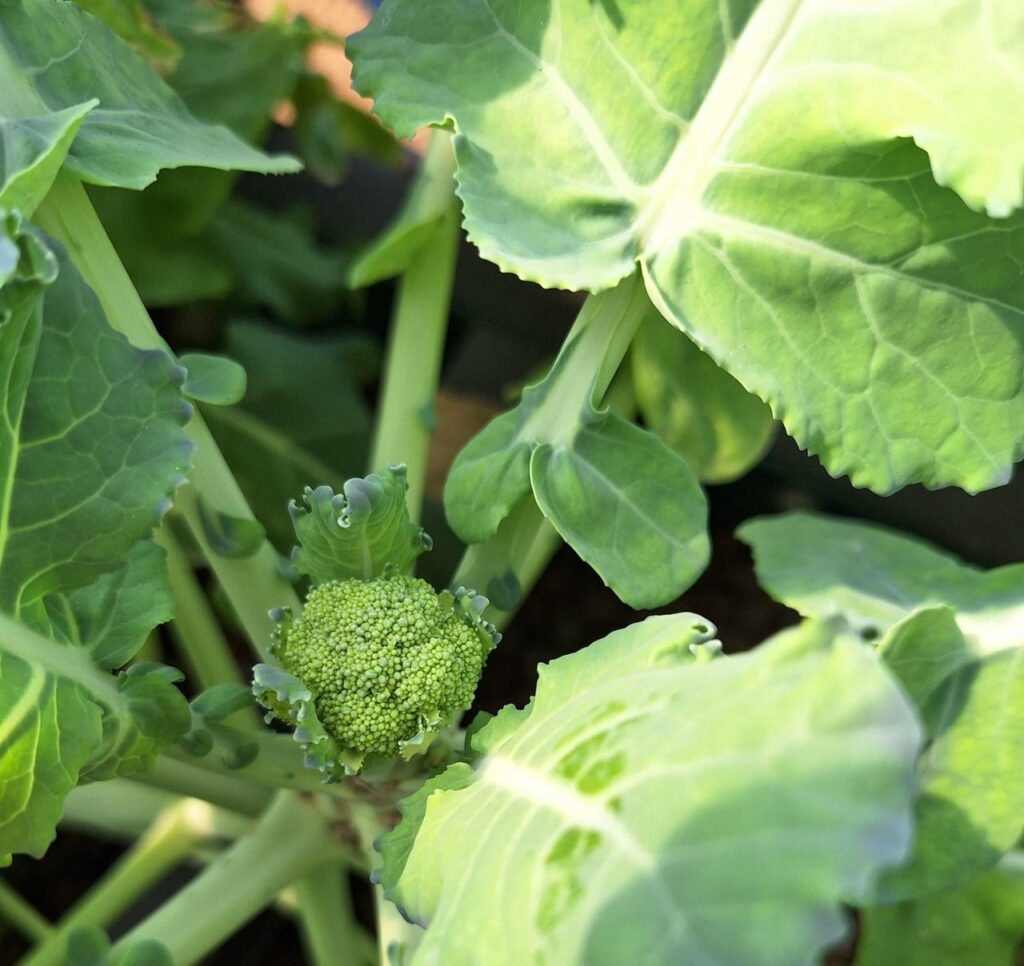
Objectives
1. Clean and Restore the Aquaponics System: Remove weeds, plastic, rotten seeds and overgrown vegetation.
2. Optimize Plant Growth: Test and identify which vegetables and herbs thrive in the aquaponics system.
3. Implement Infrastructure Improvements: Introduce irrigation systems and update fittings.
4. Enhance Sustainability: Ensure the system is self-sustaining and capable of supporting various plant species.
Methodology
Initial Assessment and Cleanup
1. Weed Removal: Cleared all weeds from the ground and grow beds.
2. Granadilla Tree Removal: Removed the non-productive Grenadilla tree to improve space and nutrient availability.
Infrastructure Improvements
1. Irrigation System Installation: An irrigation system was added for the ground beds, and tap fittings were adjusted to enable dual hoses for efficient water management.
2. Aquaponics Layout Optimization: HERD Operations Manager Greg assisted with planning and implementing the irrigation layout and tap fittings.
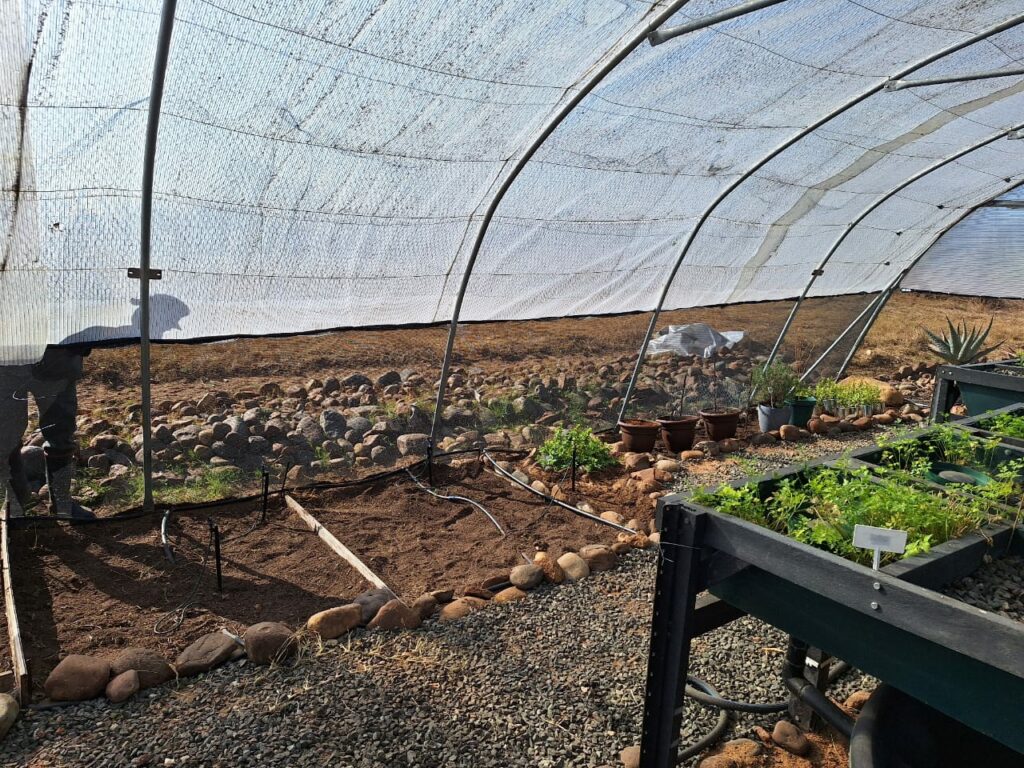
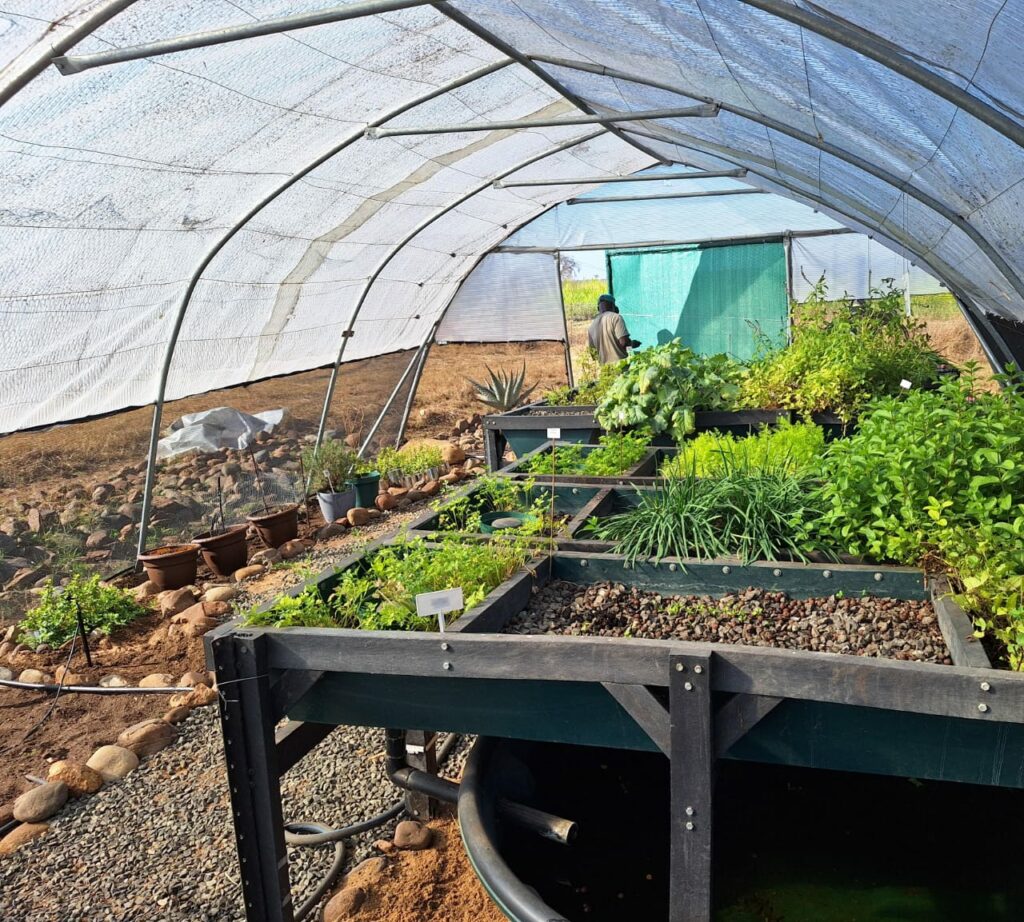
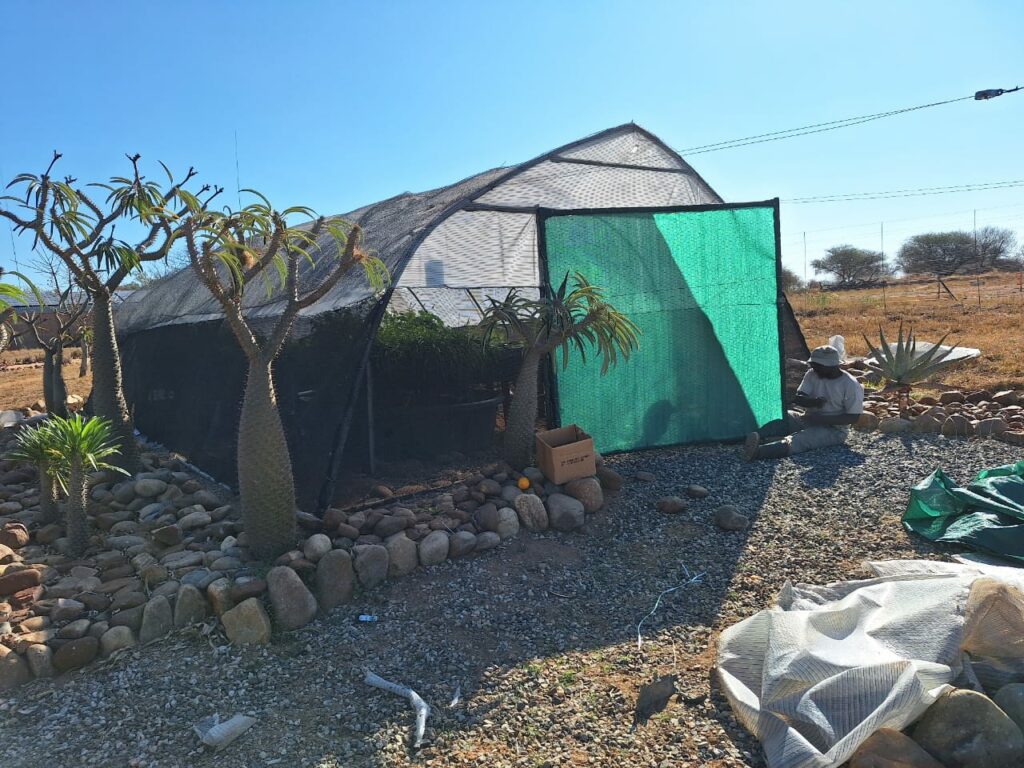
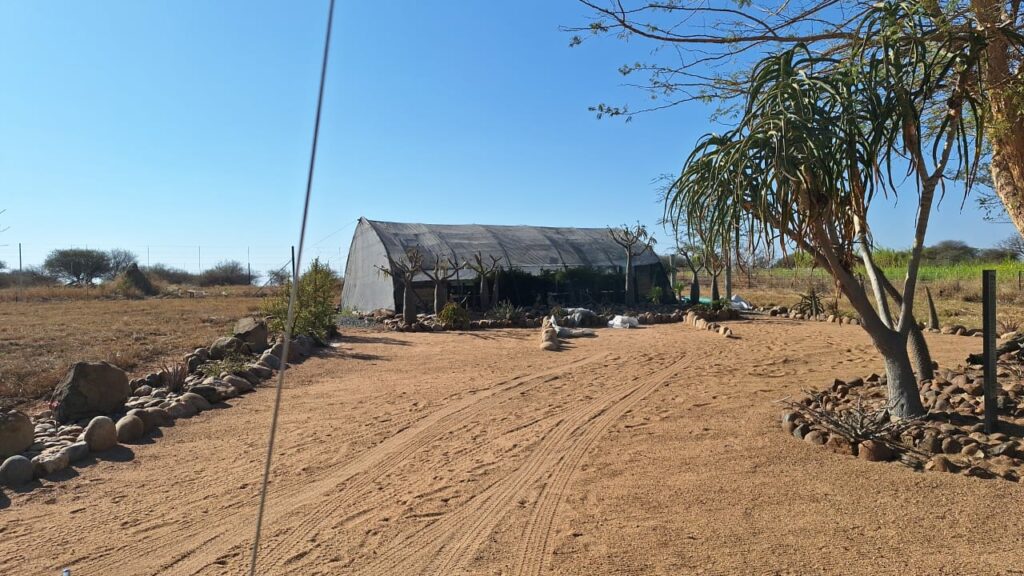
Planting and Experimentation
1. Ground Beds: Planted Radishes, Squash, Cabbage, Broccoli, Carrots, and Green Beans.
o Radishes and Green Beans: Quick and successful growth.
o Broccoli: Required plant food and moving around for better growth.
o Squash: Grew well but slowly.
o Carrots: Initially limited due to bed foundation; later transplanted to grow beds above fish tanks, where it flourished.
2. Grow Beds: Planted Coriander, Parsley, Thyme, Rosemary, Fennel, and Oregano.
o Parsley and Thyme: Thrived in the system.
o Fennel: It did not grow; it was later removed.
o Rosemary: A transplantation to a pot was required to manage water levels.
o Oregano: Initially struggled but eventually flourished after relocation.
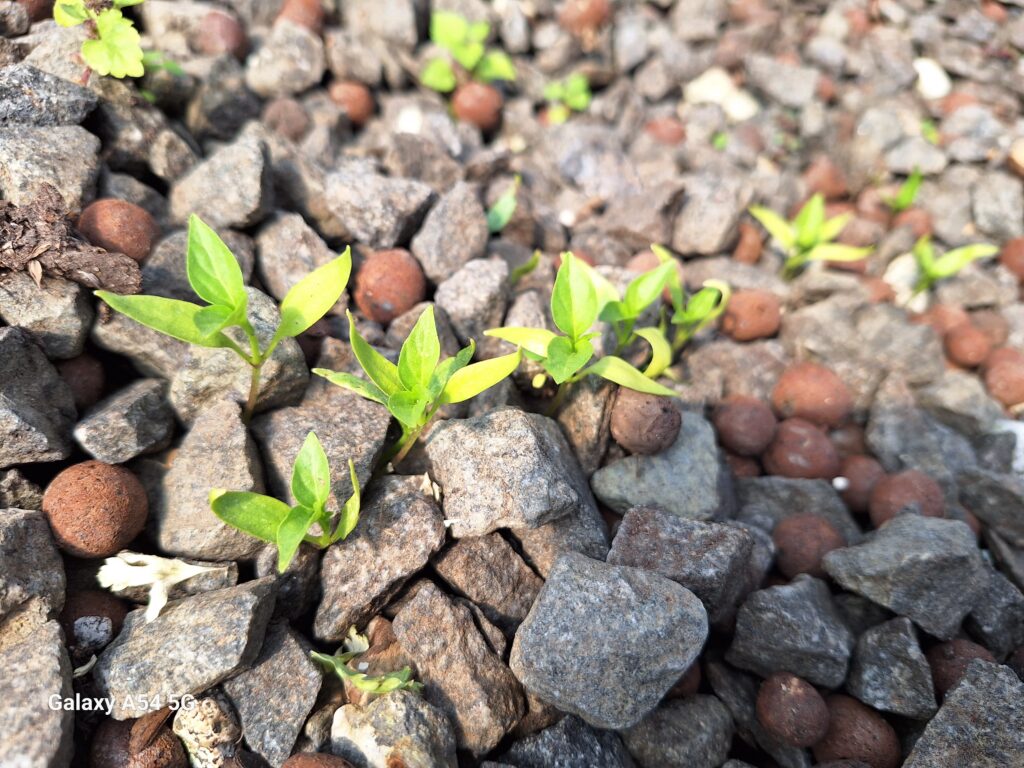
Adaptations and Ongoing Maintenance
1. Temperature Management: Adjusted plant positions and provided shade to mitigate heat stress.
2. Regular Maintenance:
o Daily: Fed fish and managed irrigation.
o Weekly: Conducted deep cleaning, including weed removal and tool washing.
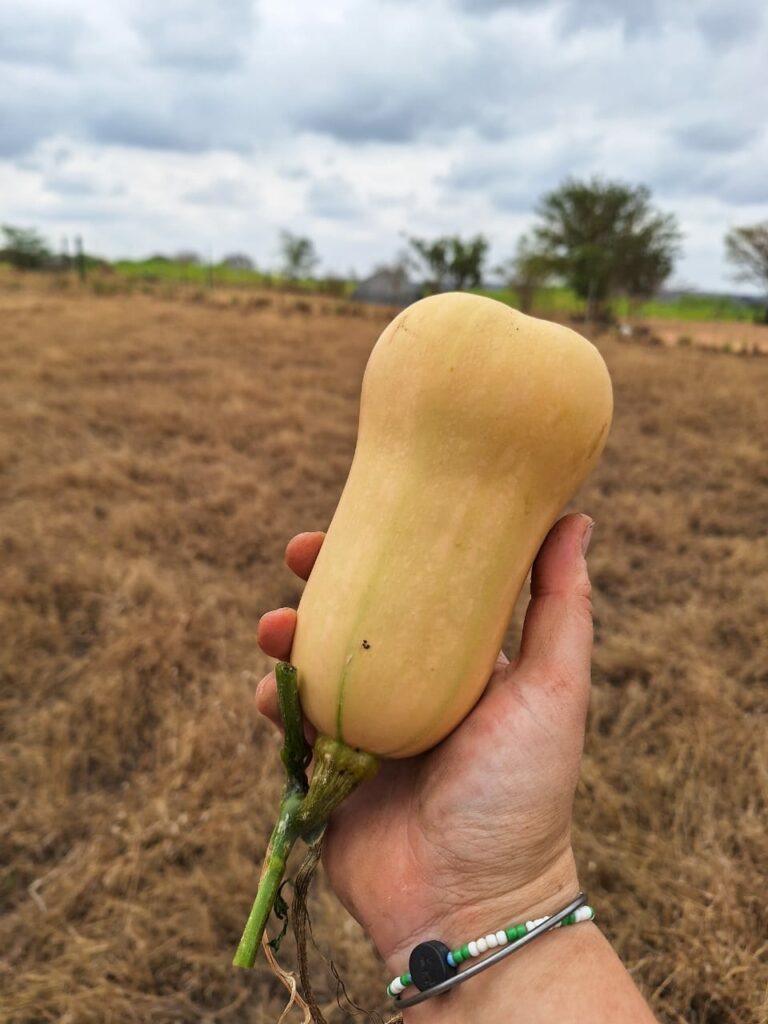
Results
Plant Growth and Productivity
1. Herbs: Most herbs, including Coriander and Parsley, grew successfully. Oregano and Rosemary required special attention.
2. Vegetables: Radishes and Green Beans showed the best results. Broccoli and Squash performed moderately, while Carrots needed relocation for optimal growth.
Challenges
1. Heat Stress: Significant impact on plant health due to high temperatures, particularly affecting herbs.
2. Water Management: Some plants required careful management of water levels.
Future Plans
1. Additional Plant Trials: Plans to introduce tomatoes and potatoes once beds are available.
2. Shade Cloth Installation: Considering the use of shade cloth on half of the aquaponics to protect the struggling plants from excessive sunlight and heat.
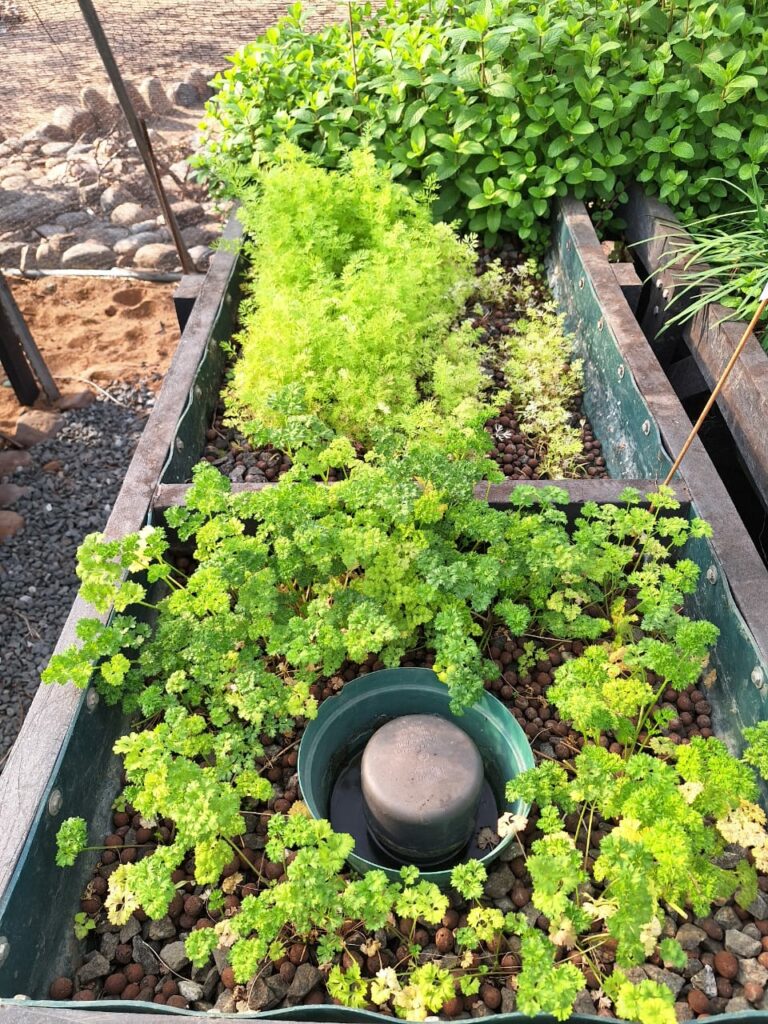

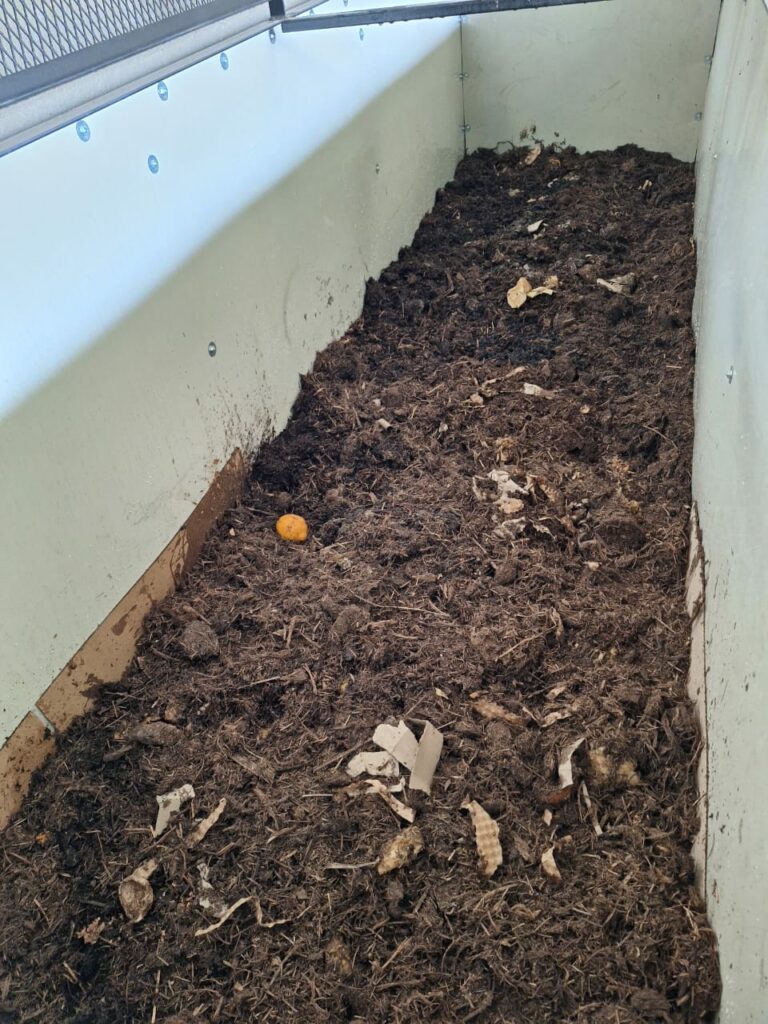
Conclusion
The aquaponics project at HERD has yielded mostly positive outcomes, with notable successes in herb and vegetable growth. Despite challenges such as heat stress and initial infrastructure limitations, the system is on track to becoming a highly productive and sustainable reserve feature. Ongoing experimentation and adjustments will continue to refine the system’s efficiency and output.

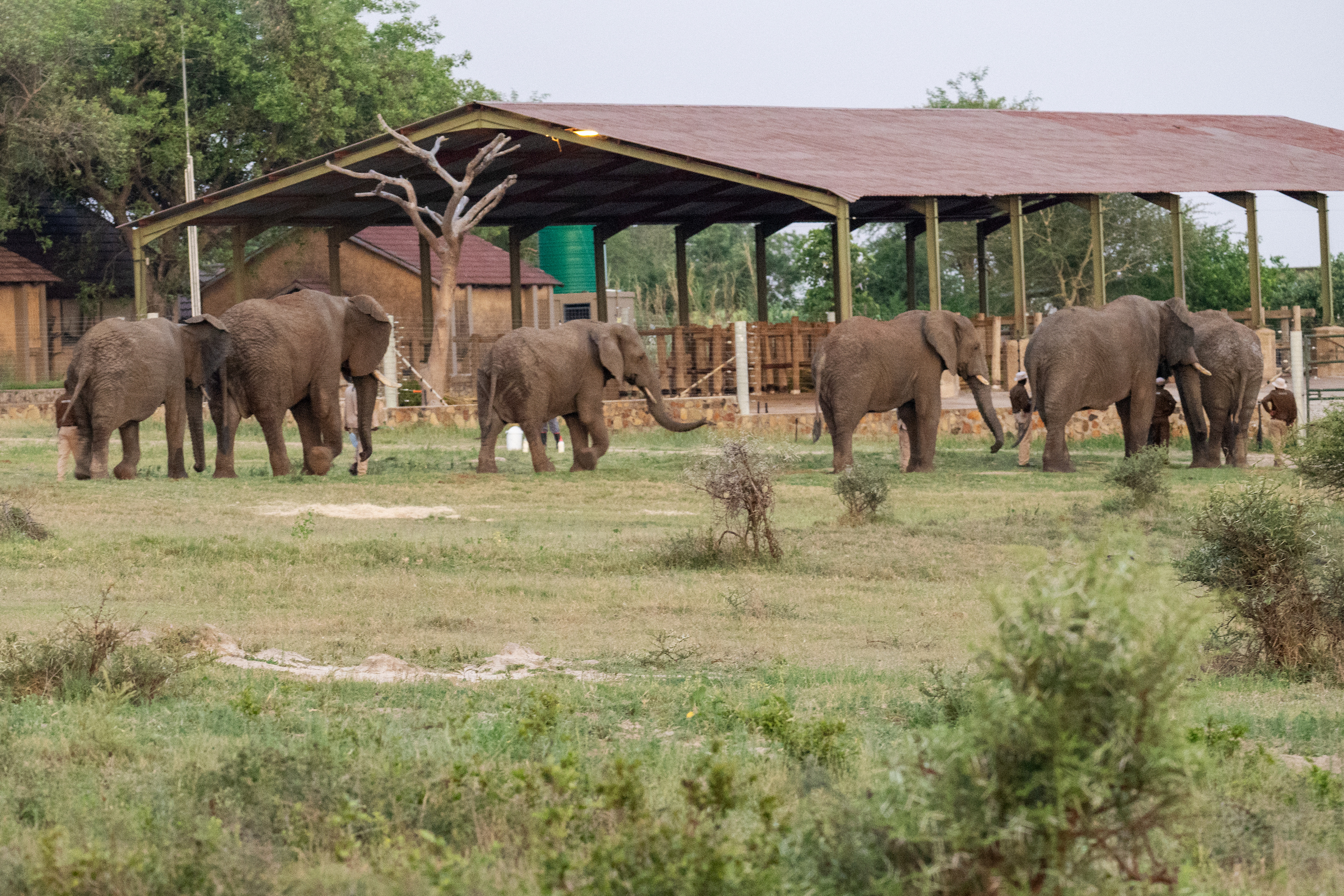

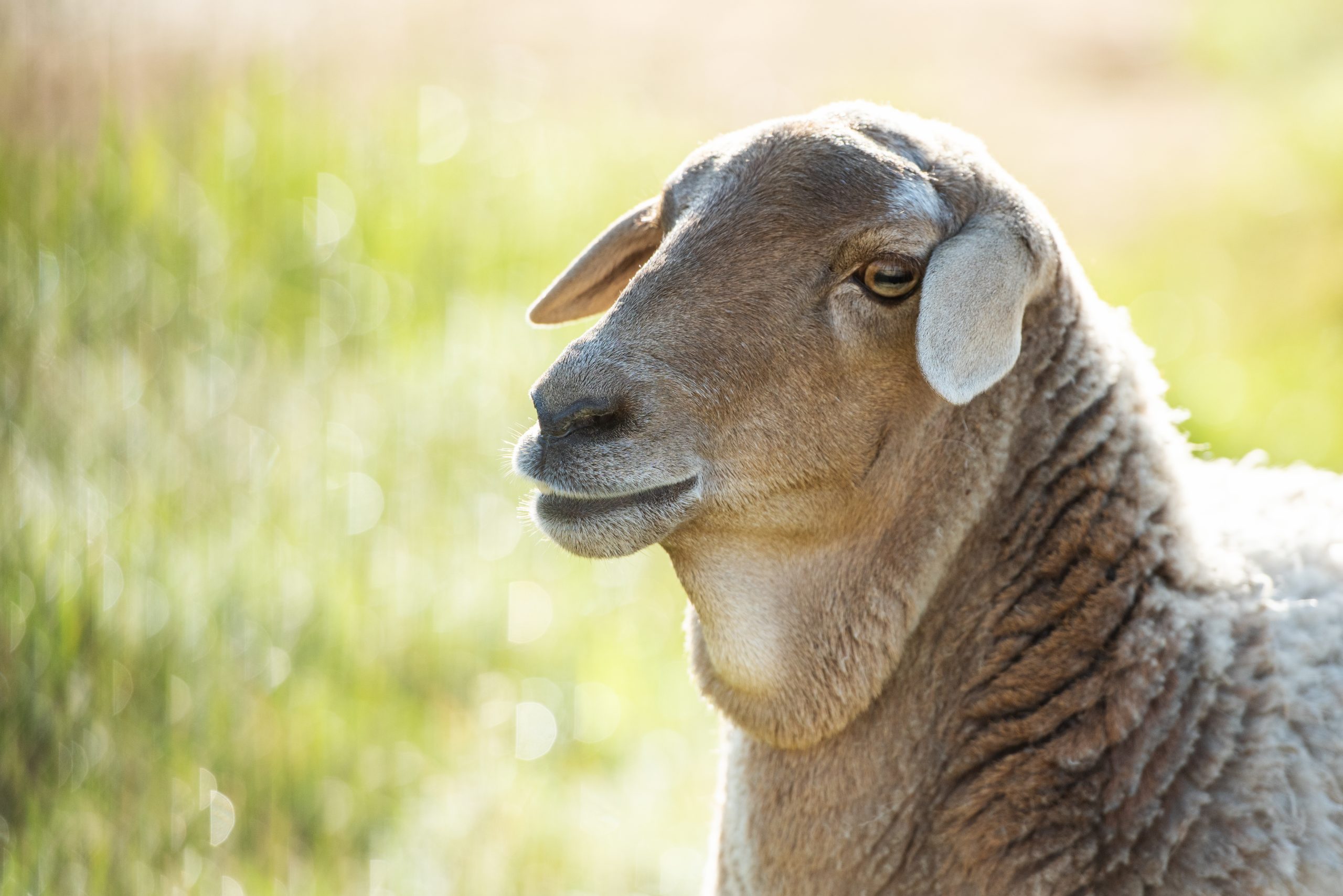

Myriam
Very interesting and honest review . Thank you for sharing your experience with many details.